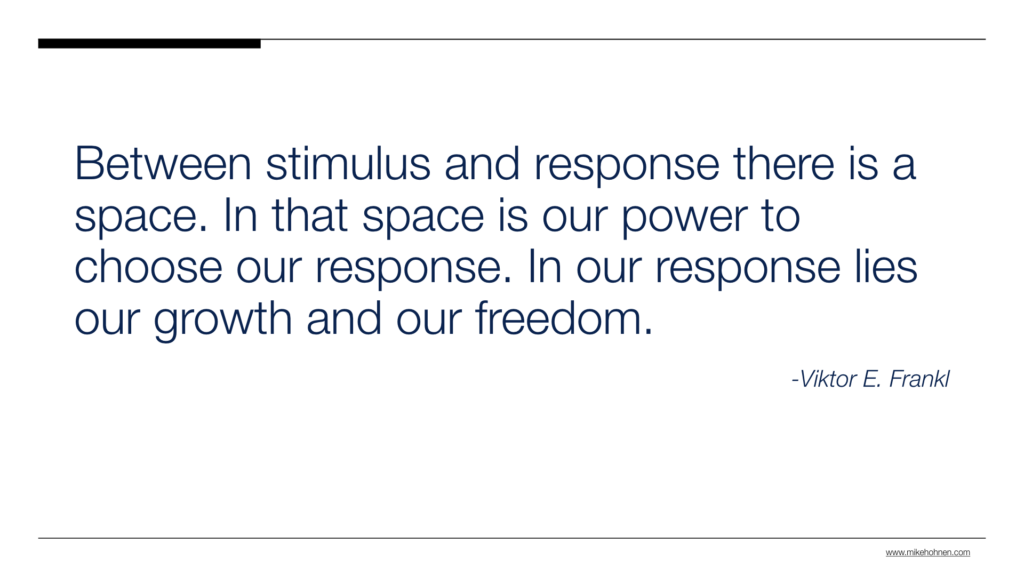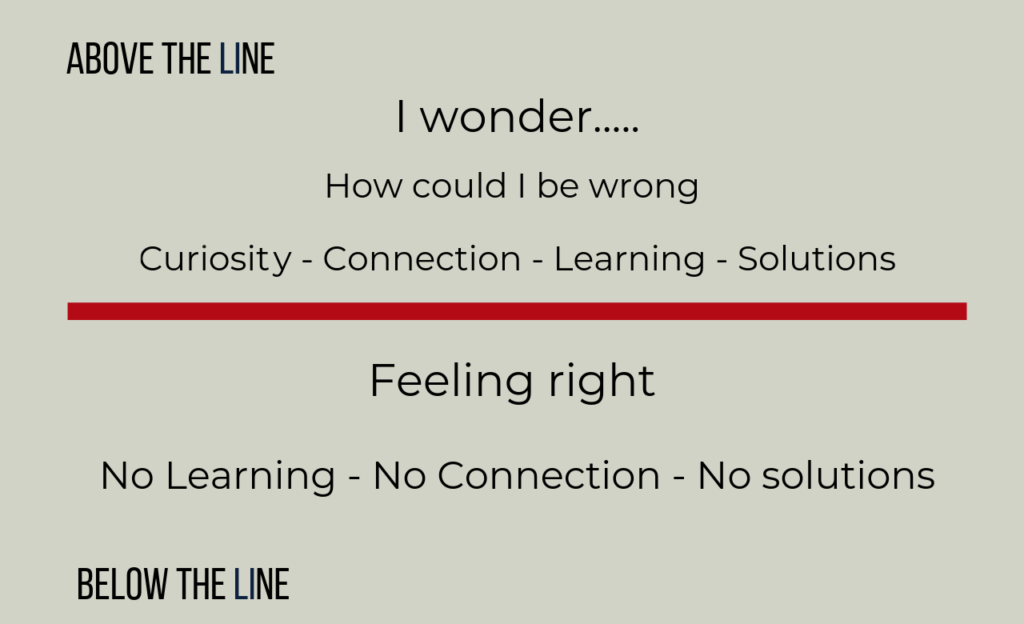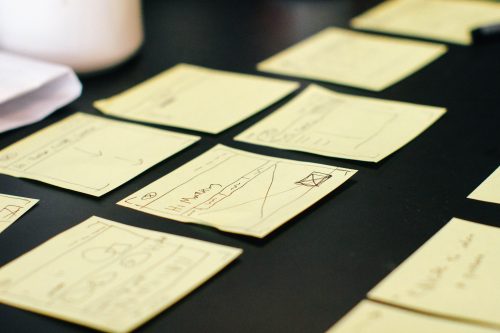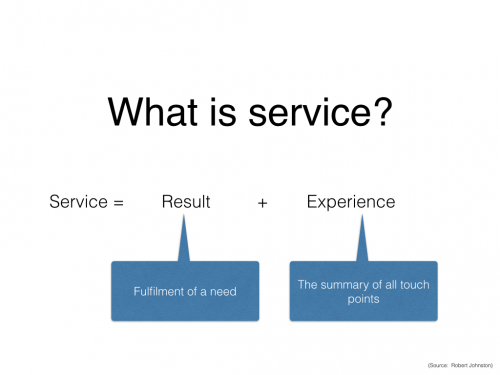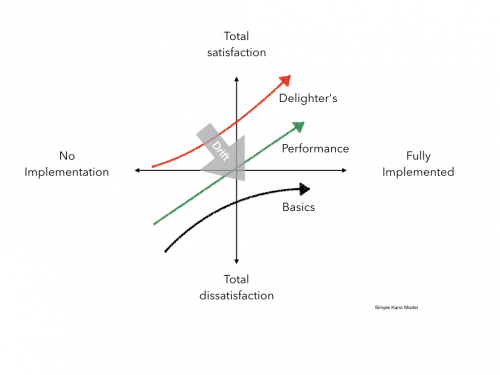Maybe you have now decided for yourself: ‘I will never, ever again fall into a drama triangle’. I know I’ve tried that approach more than once . Well, I can tell you something. It’s not going to work. It doesn’t work because we drift. In the post I will show you how we need to shift instead
Here is the video version and the sound track version for thos on the go
We start out with some degree of presence. We are totally ‘here now’ And then something happens. Something that causes us to drift out of presence. It could be beep on the cell phone. “Oh, sorry. Just a minute , oh no, not again. Yeah, sorry. Where were we?”
Or we just, can’t stay concentrated. Our mind starts floating: I wonder what’s for lunch? These interruptions and many more we call drift. And when we drift, we easily slip below the line. ( because left to its own devices our Ego loves to run the show) And before we know it we get caught in the drama triangle again.
Develop your awareness – understand what is going on
And so the issue is not to never ever get caught in the drama triangle because you’re not going to solve that. The real challenge is you need to develop the awareness to realise when that is what is happening.
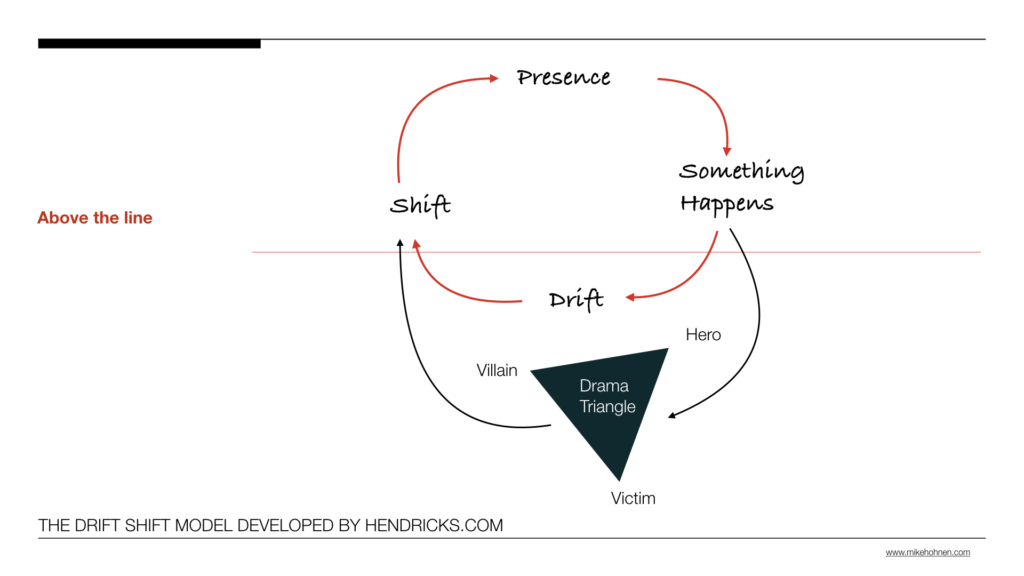
And then you need to develop the skills to shift yourself back out of the drama triangle and up into presence of being fully ‘here now’. A simple first step of shifting is to take a deep breath, and re-center. Then you ask yourself the key question: I wonder how we could fix/solve/develop that. By activating a ‘creating’ question we come back to the present. A question that seeks to create something that would contribute to the current situation. That’s the core skill and that’s what we need to practice.
More Vblogs in the pipeline
This concludes my first six-post series on leadership skills, based around this model of above and below the line.
I will continue these VBlogs in the future, and will continue to explore the leadership qualities that we need to develop in order to become great team leaders.
Here are the previous post in this series
Leadership skills every team leader needs to master
As a leader do you have the courage to examine your mindset model?
Feeling right you are probably wrong
Great team leaders do not get sucked into drama
Mike Hohnen, MBA is a coach, trainer, author and public speaker who supports leaders, managers and their teams in implementing the principles of the Service Profit Chain.
